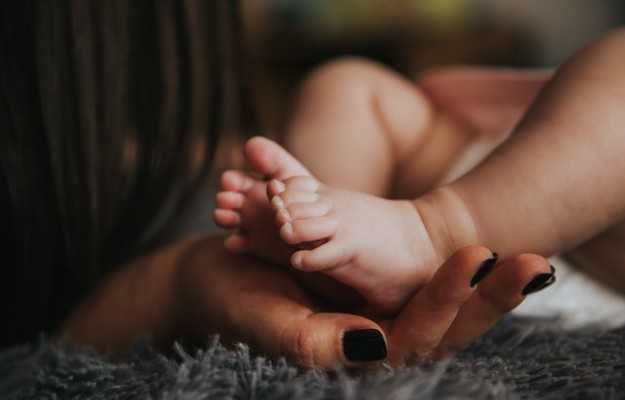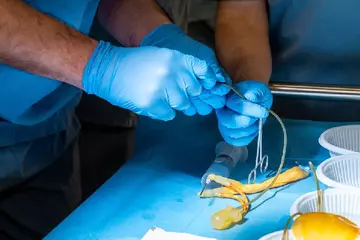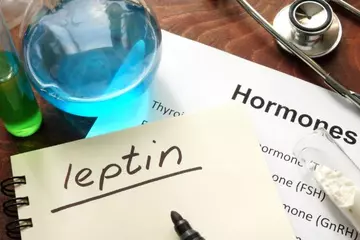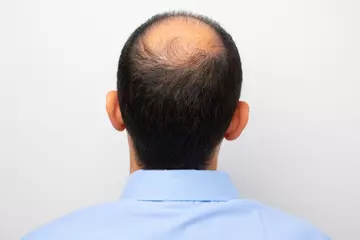Arthrogryposis, or arthrogryposis multiplex congenita (AMC), is a group of disorders in which multiple (two or more) joint contractures (tightening of normally elastic tissue) are present at birth. Muscle tissue is fibrosed due to lack of mobility during gestational development in pregnancy. Broadly, three categories of arthrogryposis exist – amyoplasia, distal and syndromic arthrogryposis. Genetic and environmental factors can produce arthrogryposis. Certain factors affecting the pregnancy, childbirth and delivery may also be involved. In case of family history of the disease, genetic testing should be offered to expecting parents. Lower limbs are more affected than upper limbs. A diagnosis is made by taking a thorough medical history, clinical examination, radiological imaging and cytogenetic investigations. AMC would need to be managed by a health team led by a paediatrician and a mix of physiotherapy, serial splinting and casting, surgical correction of soft tissue deformities and contractures and psychological care. As the disease is not progressive, unless caused in conjunction with other more serious neurogenic causes, the prognosis is generally favourable.
99% Savings - Buy Just @1 Rs
X

- हिं - हिंदी
- En - English
- Treatment
-
- Skin Issues
- Acne
- Fungal Infection
-
- Hair Problems
- Hair Growth
- Hair Dandruff
- Self-Analysis
-
- Chronic Diseases
- Diabetes
- Heart Care
- Weight Loss
- Sleep Support
- Liver Care
- Stress & Anxiety
- Our Brands
- Doctor Consultation
- Medicine A-Z
-
Health A-Z
-
- Treatments
- Home Remedies
- Herbs
- Surgery
- Lab Test
- Therapy
- First Aid
- Ayurveda
- Homeopathy
-
- Yoga And Fitness
- Fitness
- Yoga
- Weight Loss
- Weight Gain
-
- Other Topics
- Baby Names
- Beauty
- Healthy Foods
- Tips
- Health News
- Pet Health
- Men Health
- Medical Cannabis
- Login / Sign Up
 Doctors for Arthrogryposis
Doctors for Arthrogryposis 















































